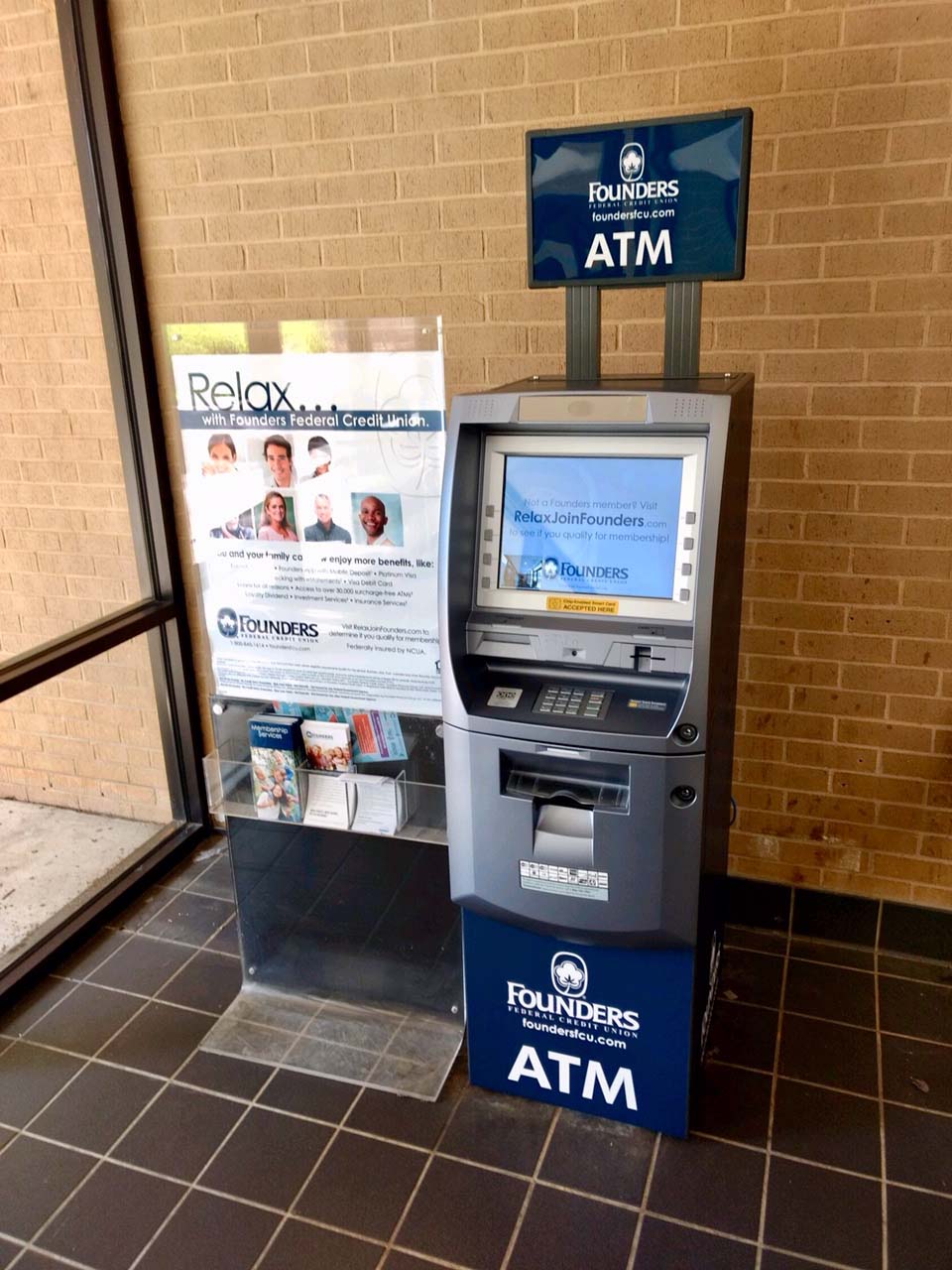One of the silver linings of the financial recession in the mid-2000s was that it was supposed to have taught consumers a hard lesson about the dangers of debt and other financial issues.
However, statistics from CareerBuilder show that 78% of U.S. workers live paycheck to paycheck and one in four don’t save. And while most people acknowledge the need for emergency savings and a retirement plan, few understand how to attain those goals. A limited number of Americans can successfully implement a budget, leaving many adults in debt with no understanding of how to dig themselves out.
In a 2015 study by FINRA, participants were asked five questions covering aspects of economics and finance encountered in everyday life, such as compound interest, inflation, risk and diversification principles, the relationship between bond prices and interest rates, and the impact that a shorter term loan can have on total interest payments over the life of a mortgage. Only 37% of participants were able to answer four or more of the five questions correctly – indicating that the majority of Americans are financially illiterate to some degree.
Americans Look to Banks & Credit Unions for Financial Planning
A study by Raddon found that 55% of consumers are more likely to turn to a bank or credit union for resources on financial literacy than a financial adviser.
The report also suggests banks and credit unions have an opportunity to entice consumers to switch financial institutions by engaging consumers with financial education. And, the best way to market retirement and wealth management programs is in small digestible chunks of information.
However, the study also notes that financial institutions struggle internally with their support of financial literacy programs, mainly because these programs are expensive. Justifying the cost of educating account holders on financial literacy to upper management can be difficult since return on investment is difficult to document.
ATMs as a Marketing Channel for Financial Literacy
Banks and credit unions have been exploring the unique marketing capabilities ATMs offer such as customized screens and signage that help them enrich the consumer experience for some time. As a critical touch point for account holders, ATMs can also be used to educate consumers and market financial planning programs with little or no extra cost to the financial institution.
Self-service options are also vital to the way younger generations, especially Millennials, manage their money, with statistics showing that mobile banking users are more likely to visit an ATM than a branch ‒ which strongly suggests ATMs are the perfect channel to market important financial services.
Marketing financial planning programs while consumers are actively accessing their account and considering their personal spending habits makes them more likely to remember the services offered. The ATM also allows financial institutions to track participation in variety of ways, such as requests for information using a unique landing page URL, QR code, Text/SMS response or promotional code on the ATM wrap, screen and the receipt.
Engaging Consumers at Work
Employers all over the country are beginning to see the opportunity to enhance their workplace benefits by offering ATMs on-site. The practice is beneficial to employers and employees alike as it provides easy cash access in a secure environment and allows staff to better manage their time.
By partnering with local companies, banks and credit unions can offer ATMs that allow surcharge-free transactions for account holders, increase brand awareness for the unbanked or competitor-affiliated user, and market their institution with financial education and retirement planning information in the environment where consumers are most likely to engage – the place they make their money.
To help financial institutions better market financial education, ATMatWork offers:
Customized ATM wraps that can include a QR code
Rotating ATM screens and welcome screens customized for the institution
Static or video signage
Receipts that include promotional offers
Attached brochure holders for educational materials
Partnering with local companies to provide employees with easy cash access with an ATM is a valuable resource that banks and credit unions can also use to offer information vital to raising Americans’ financial literacy. And, with ATMatWork’s unique programs it is hassle-free and cost-effective.
Our experts have more than 100 years combined experience. ATMs is all we do! Contact us today to find out how we can help you build a bank at work program that delivers results.

